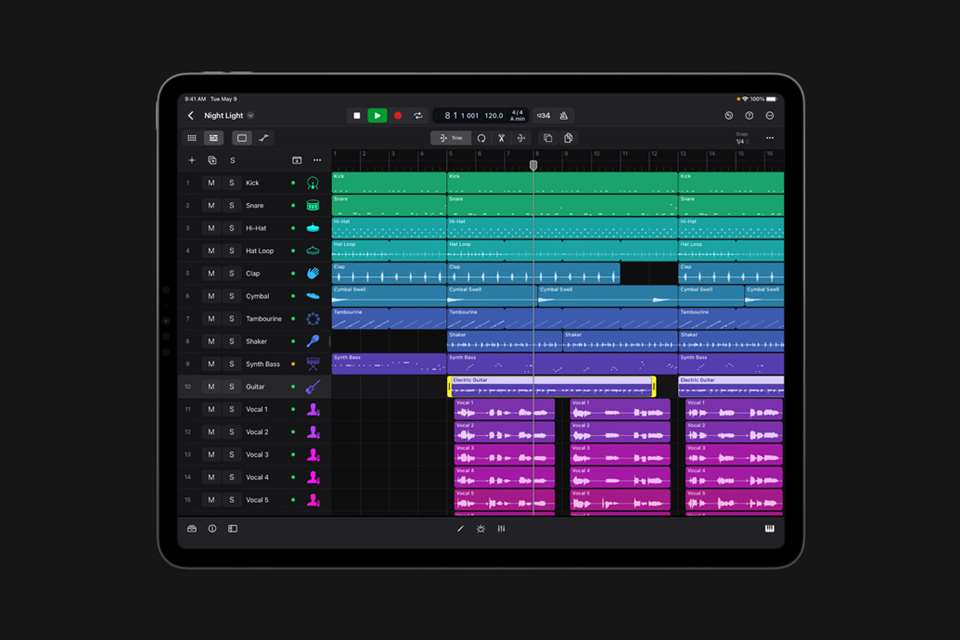Reviews: Lee Konitz Solo Transcriptions (for alto saxophone)
Michael Pearce
Friday, September 1, 2023
Reviewer Michael Pearce describes this as 'a rare glimpse into the thought processes of one of jazz's most individual improvisers'.

Lee Konitz is widely considered one of the most influential and distinctive alto saxophonists in jazz history – but it's unlikely that many readers, even sax players, have heard of him. Born in Chicago in 1927, Konitz had a prolific 75-year career, performing right up to his death, aged 92, from Covid-19 in 2020. He came of musical age during the 1940s, the heyday of bebop spearheaded by fellow altoist Charlie Parker, who exerted a huge influence on musicians at the time. Konitz initially towed the line, emulating Parker's fast-paced, virtuosic solos over rapidly shifting harmonies. However, unlike most of his contemporaries, Konitz decided to stay true to his own voice, forging his own path.
He became a founding influence of the 1950s ‘cool jazz’ school, most famously taking part in Miles Davis's landmark Birth of the Cool sessions (Konitz was the last surviving member of the group). While Parker's playing was raw, impassioned and ‘hot’, Konitz's approach was laid-back, contemplative and ‘cool’. He eschewed the characteristic wide vibrato and heavy accents of bebop in favour of a mellow tone that sounded more from a classical space, perhaps influenced by his clarinet studies, as a boy, with a member of the Chicago Symphony Orchestra. In a departure from Parker's broadly lick-based approach to improvisation, Konitz favoured long, searching melodic lines, which led some detractors to label him overly cerebral.
As the jazz landscape shifted throughout his lifetime, Konitz always retained his unique improvisatory voice, avoiding stylistic clichés no matter the musicians around him. An introvert by nature – a trait reflected in his playing – he preferred the mentality of a sideman to that of a leader in the spotlight. And it is partly for this reason that, unlike some of his ‘celebrity’ jazz contemporaries, there are so few transcriptions of his work available outside jazz forums – until now.
Published by advance music, Lee Konitz Solo Transcriptions (for alto saxophone) provides 14 transcriptions of solos from Konitz's early, mid and late career. All the solos have been transcribed by Alex Oliverio, who recently completed his Bachelor's degree in jazz studies at Arizona State University.
The solos are drawn from three iconic Konitz albums, beginning with Subconscious-Lee (1955). As the title suggests, Konitz clearly had a sense of humour and enjoyed a pun; as well as the title-track, Oliverio's transcriptions include ‘Sound-Lee’ and ‘Ice Cream-Konitz’. This early album brought together many students of Lennie Tristano – a blind, American pianist who was one of the first advocates of studying jazz and improvisation in a formalised, disciplined manner. He was a prominent innovator of the ‘cool’ style, encouraging more considered, melodic exploration than in bebop at the time, and Konitz became one of his star students.
Notably, the six solos from Subconscious-Lee selected for the book are all on the chords of Konitz's own compositions, whereas the rest of the collection showcases his inventive takes on jazz standards, which was his preferred choice.
Following the passages from Subconscious-Lee, the book features transcriptions from Motion (1961) – regarded as Konitz's finest album, recorded alongside bassist Sonny Dallas and drummer Elvin Jones (famously a member of John Coltrane's quartet) – and the more recent Alone Together (1997) – recorded live in Los Angeles with pianist Brad Mehldau and bassist Charlie Haden.
To my ear, all Oliverio's transcriptions are spot on, helpfully laid out in a way to avoid awkward page-turns as much as possible.
Curiously, while the names of original composers are printed underneath the titles of the standards, Konitz's name does not appear beneath his own compositions. In the small print at the bottom of the title-verso page, it does note ‘All compositions by Lee Konitz, unless stated’, but I feel it would have been useful also to include his name under his compositions, on the page, for clarity and consistency. (Before I found this text, I had started googling the pieces to check if they were Konitz's originals.)
Aside from one altissimo G, Konitz's solos all fall within standard saxophone range and rarely venture to the instrument's lower reaches, which was a feature of Konitz's style.
The book is correctly marketed at advanced saxophonists – and I would say those with a high level of technical fluency and understanding of jazz nuances at that. However, even if you don't have the required dexterity to master these solos (or even play the saxophone), this collection is still worth considering to gain a rare glimpse into the thought processes of one of jazz's greatest and most individual improvisers.
Hats off to Oliverio for what must have been a painstaking journey to bring this important, long-overdue resource to fruition.







